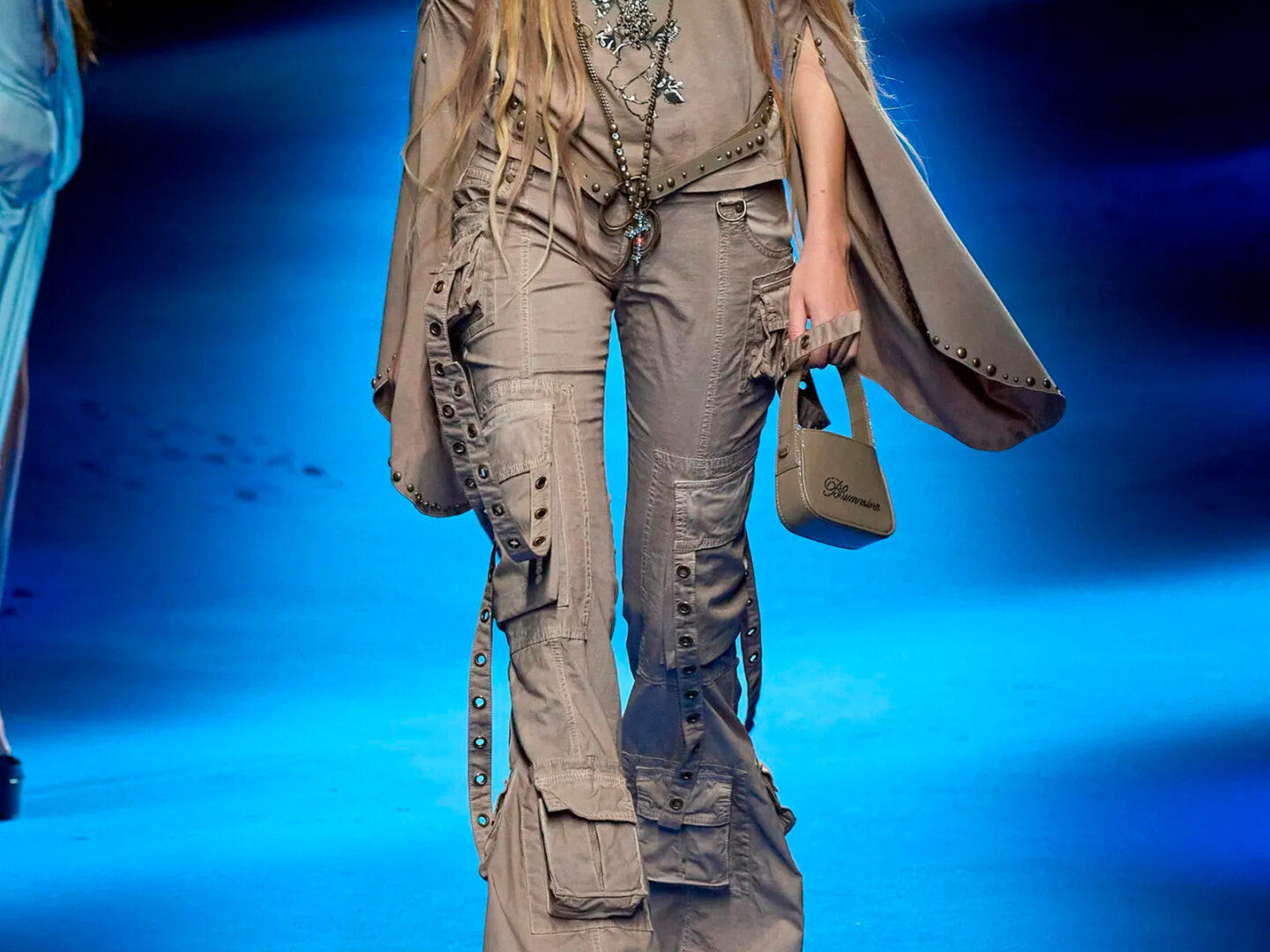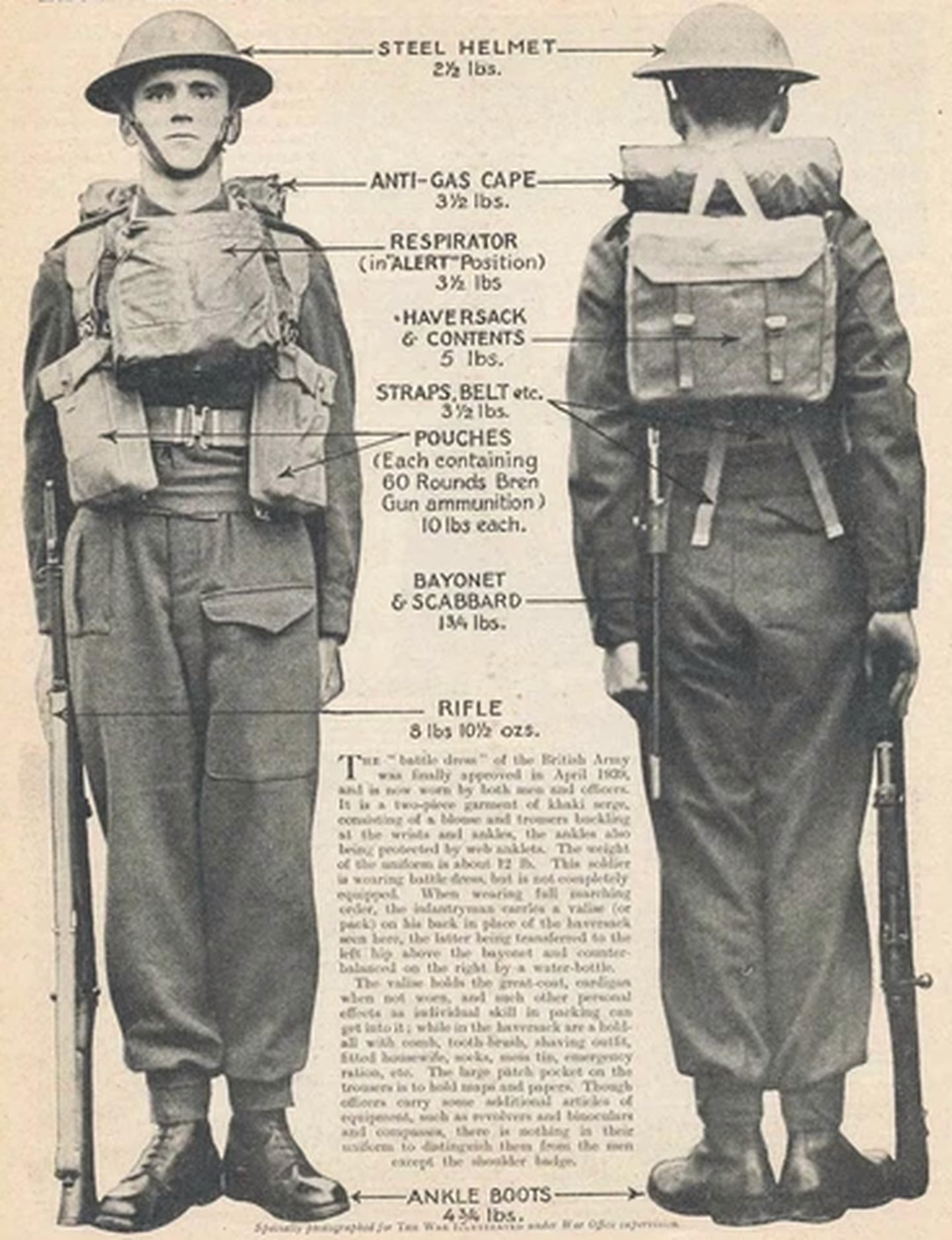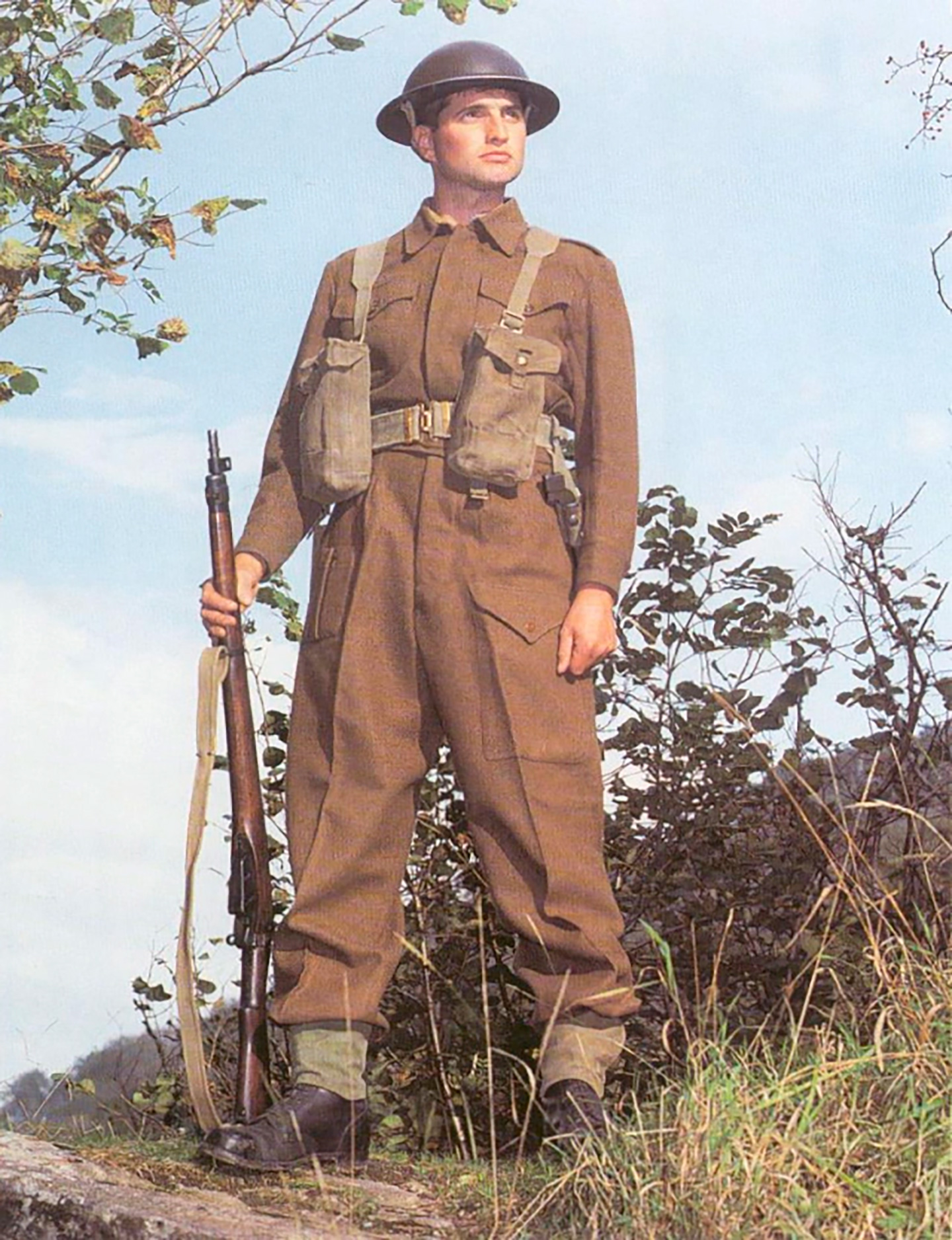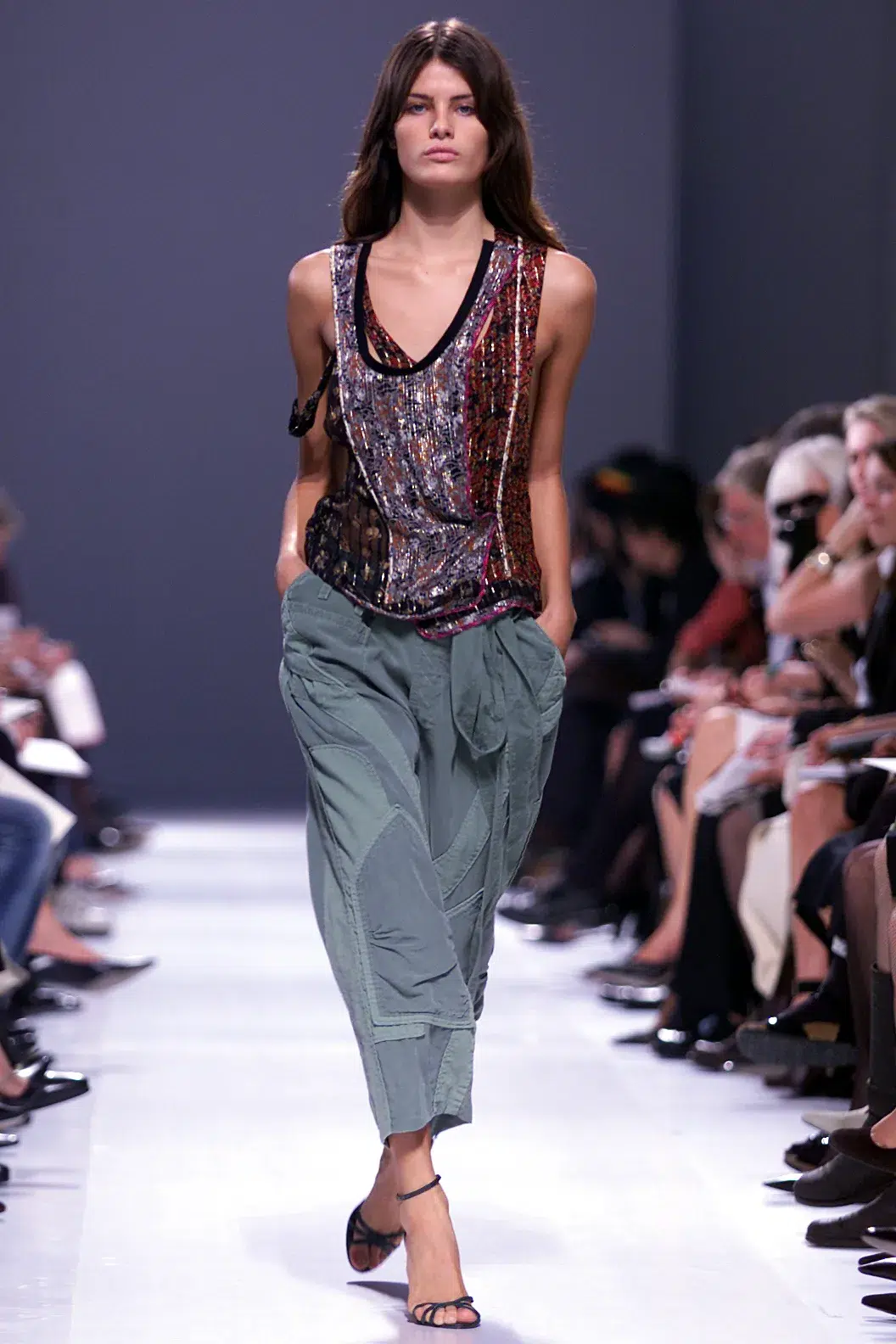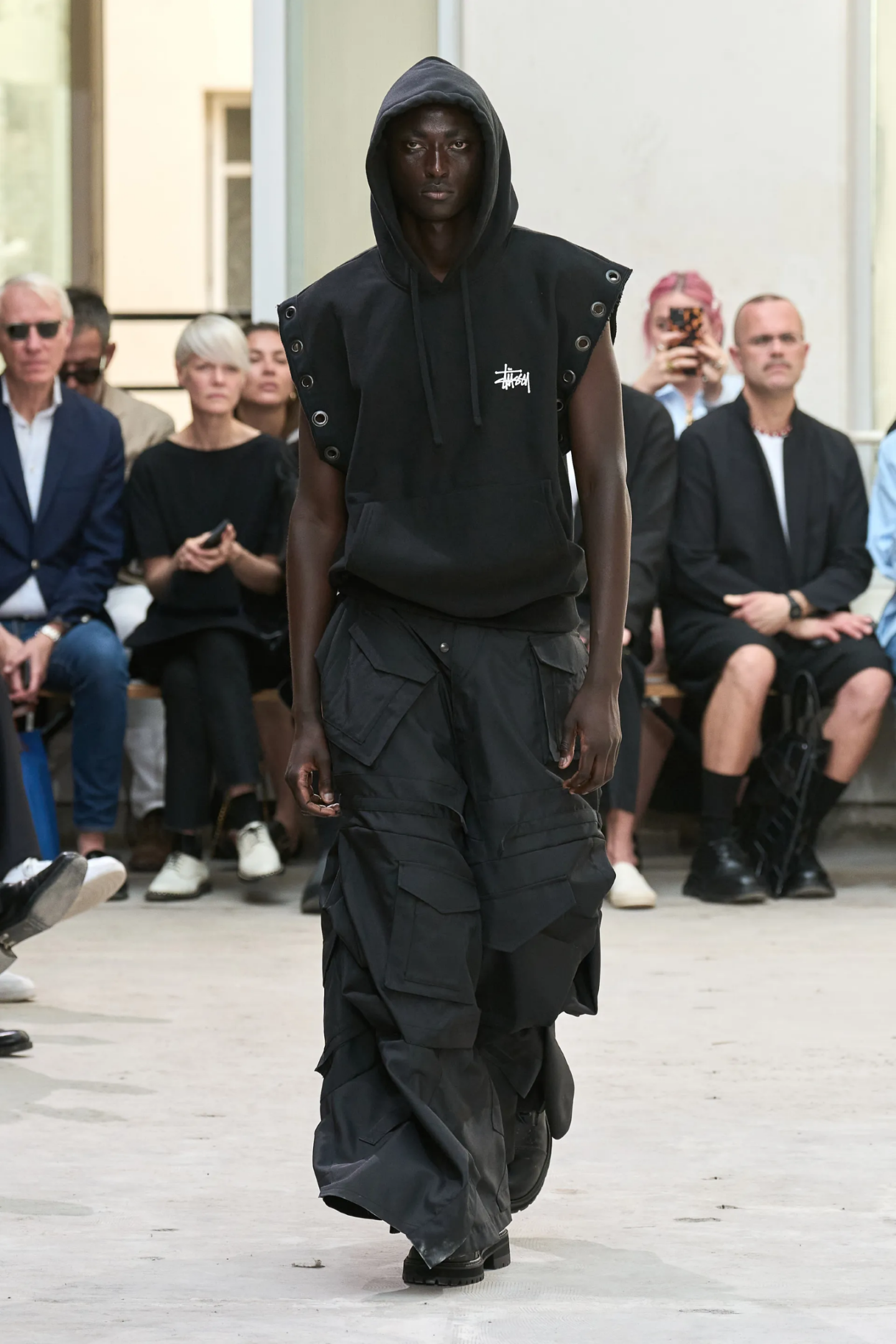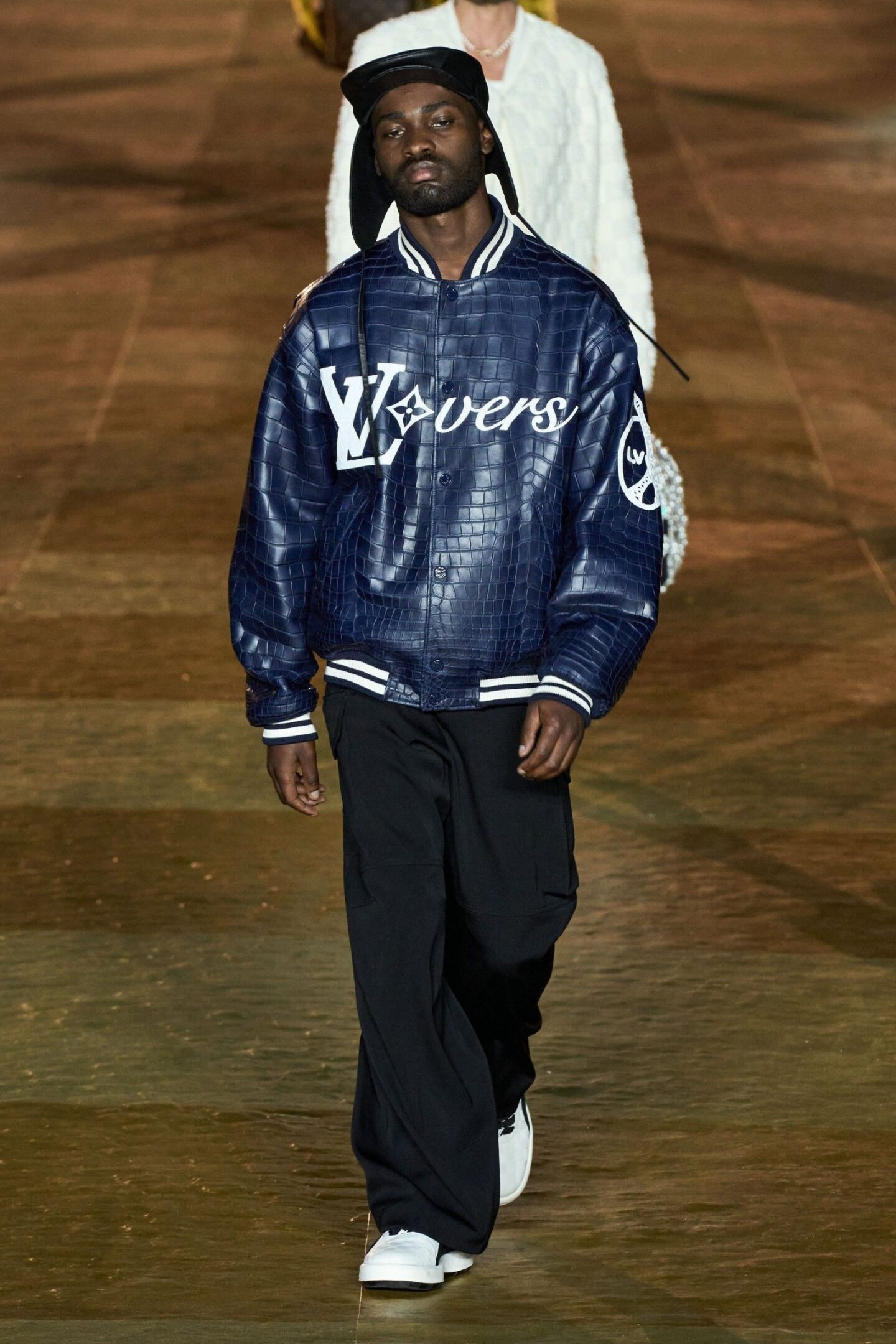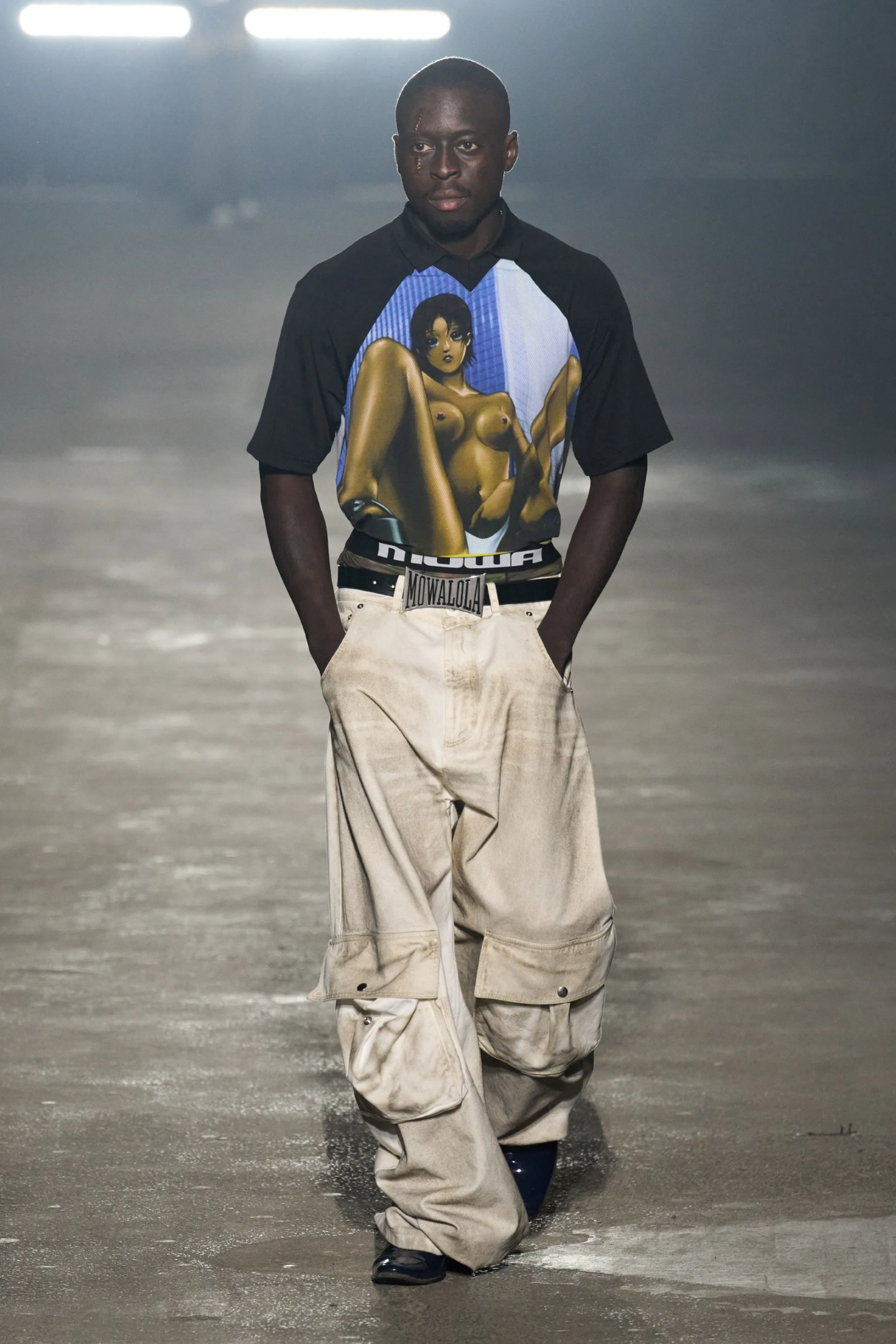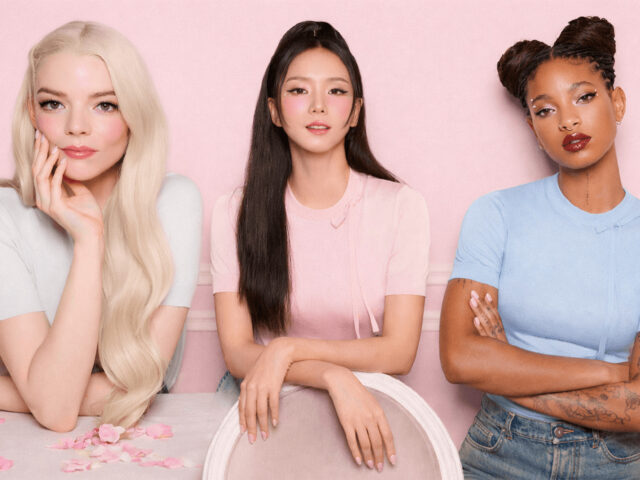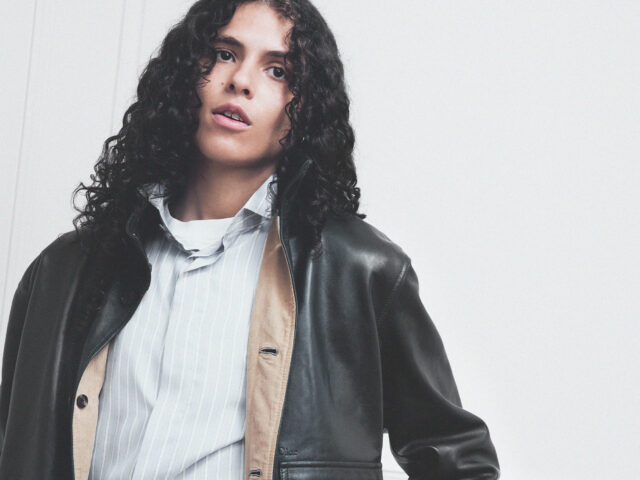From combat boots to parkas to khaki: the influence of the army uniform on fashion has been undeniable, unlocking all the micro-trends to remain at the core of the system for decades.
However, from that solid archive, there has been one garment that has stood out above the rest for its great ‘military contribution’ to the aesthetic world: the cargo trouser.
The cornerstone of the combat uniform
The origins of this garment can be traced back to 1938 Britain, as a piece of military battle dress characterised by certain elements such as thigh and hip pockets in order to withstand the adversities of modern combat.
Due to the functionality and utilitarianism intrinsic to the garment, the ‘British BattleDress‘ evolved and crossed trenches and/or borders to become popular in the US Army in 1940 under the 2WW.
Its pockets were enlarged slightly for the US Paratrooper division, used to store maps or additional ammunition, as troops were then forced to wear larger equipment.
In the United States, William P. Yarborough, commander of the US Army Airborne Forces, was tasked with reinventing the uniform worn by army paratroopers, introducing more pockets to carry the full weight of their weapons. Yarborough would then replace the coveralls with the two-piece uniform with large pockets called the M42.
The design evolved into cotton canvas trousers in the British uniform with large pockets, which underwent a series of variations with narrower fits and other materials that were eventually redesigned to suit the tropical climate of the Vietnam rainforests in the 1960s.
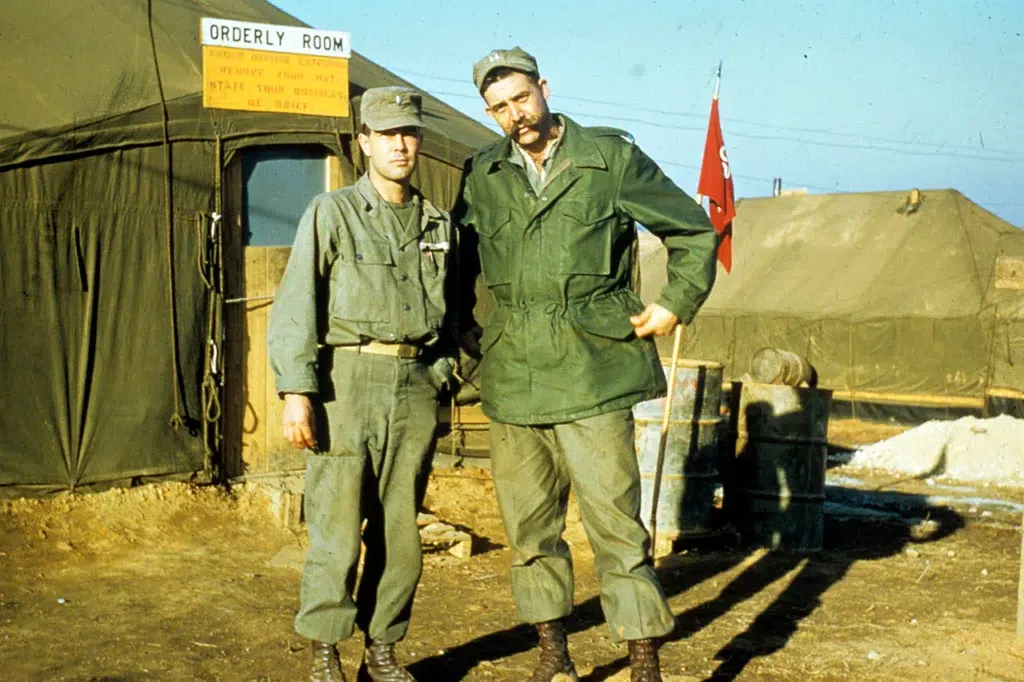
Contemporary cargo-mania
From the 1950s to the 1970s, military-inspired clothing crossed over into other spheres: that of climbers, hikers, campers, hunters or fishermen who chose to wear this functional and aesthetic garment to carry out their activities. In the 1980s-90s, cargo trousers became part of the urban tribes associated with hip hop, skateboarding and breakdancing in the underground scene.
In this sense, this archetype of men’s fashion, which once drew its beauty from the horror of the Second World War, has over the years transcended generational waves, movements and marginal subcultures to reach the podium of high fashion.
As NSS gathers from the WWD archives, the first mentions of cargo trousers come from the denim industry. They first appeared on the SS95 catwalk at Paris Fashion Week by Claude Montana.
Then came the eccentric 2000s of low rise and bling bling with DIOR cargo trousers becoming celebrity it pieces that increasingly entered the global fashion narrative, with a definitive update in the 02-03 collections, and Nicholas Ghesquiere’s interpretation for Balenciaga 002, which elevated them to luxury; as did Jean Paul Gaultier and Dolce & Gabbana, popularising cargo trousers in their collections.
From Y2K to SS24
2003 was one of the most important years in the history of the cargo, positioning itself as the best-selling garment of the spring season. An evolution, and even a cult of the piece, that has now been reflected throughout the SS24 collections, gaining strength and solidity in the proposals staged on the great fashion capitals of the world.
The military essence was channelled on the catwalk in different forms and versions in different materials, cuts or drapes that injected elegance into the garment, as we could see in Saint Laurent’s proposal, structured around the safari jacket, which included XXL cargo trousers combined with ultra-tight tops.
This infinite exploration of the cargo with variations in pockets, heights, materials or volumes was also activated by other brands such as Balenciaga, Junya Watanabe, Marine Serre or The Attico, glimpsing the eternal resistance of this garment and its transcendence in the apocalyptic reality.
Sigue toda la información de HIGHXTAR desde Facebook, Twitter o Instagram
You may also like...
